In ancient Chinese beliefs, jade is regarded as the most valuable gemstone, symbolizing a gem from the heavens. In the past, only emperors and members of the royal family could possess it. Jade ornaments, or even raw jade, were often used in significant imperial ceremonies as it was believed to represent virtue, success in all endeavors, and heavenly prosperity. Therefore, it can be clearly stated that jade is indeed a highly valuable gemstone.
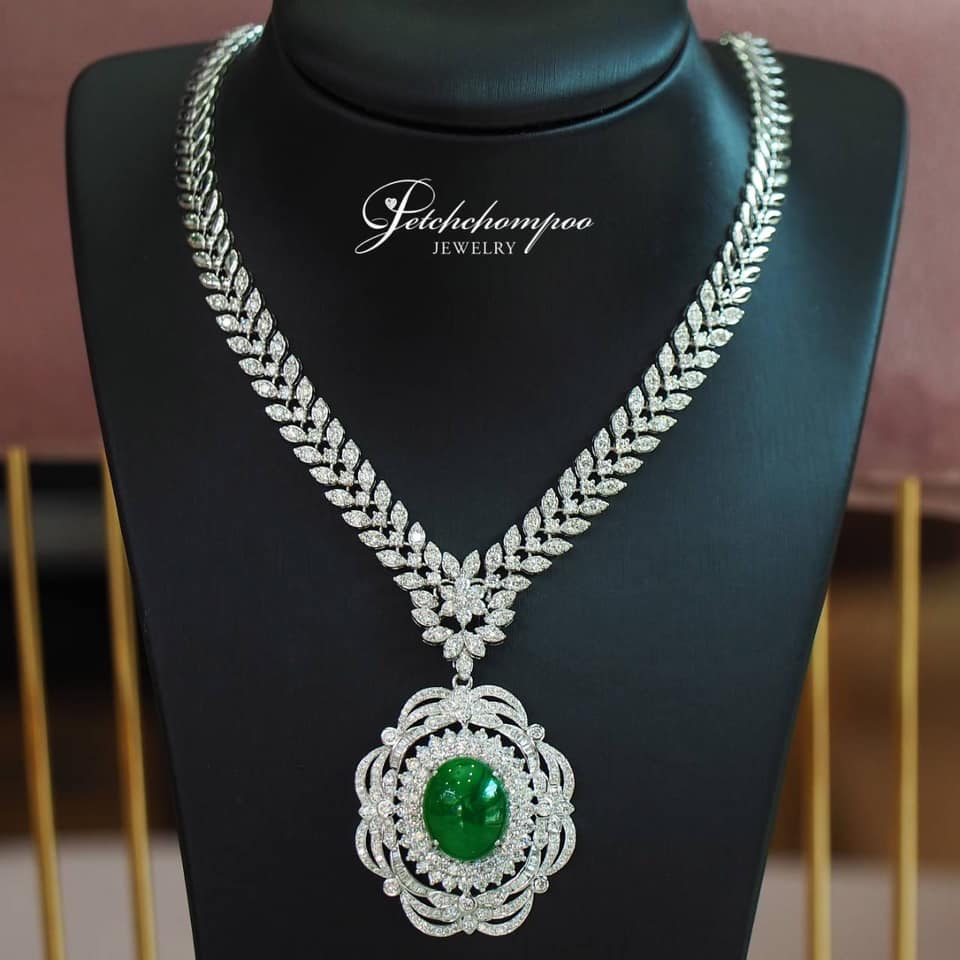
What is Jade?
Jade is a type of stone that has been crafted into a precious gem, particularly revered in China, where it is considered the most valuable. It can be categorized into two main types:
-
Jadeite
Jadeite is composed mainly of sodium aluminum silicate, giving it a rich, vivid green color. It is considered the higher-quality type of jade. Naturally found in tight, dense masses with crystal structures inclined at certain angles, jadeite often exhibits a glassy or oily luster. It has a hardness of about 6.5–7 on the Mohs scale. Its internal colors and patterns are usually unique and irregular, with hues ranging from light to dark depending on the individual crystal. Jadeite typically forms from the metamorphosis of igneous rocks containing high levels of olivine and sodium, resulting in tightly bound crystals.
-
Nephrite
Nephrite is composed of calcium magnesium silicate and forms in tightly packed fibrous crystals. It has a slightly lower hardness than jadeite, around 6–6.5, and also displays a glassy or oily luster. Its colors tend to be darker and more muted due to the presence of magnesium altered by heat.
Jade is classified as a type of precious stone and has been used for a variety of purposes beyond jewelry, including decorative items and ceremonial symbols. In ancient China, jade has been used for over a thousand years in adornments, charms, and imperial artifacts. It typically crystallizes into tiny, tightly bonded grains that require magnification to see, contributing to its strength and durability. As a result, jade is considered a robust gemstone, resistant to impact, and ideal for crafting lasting jewelry.
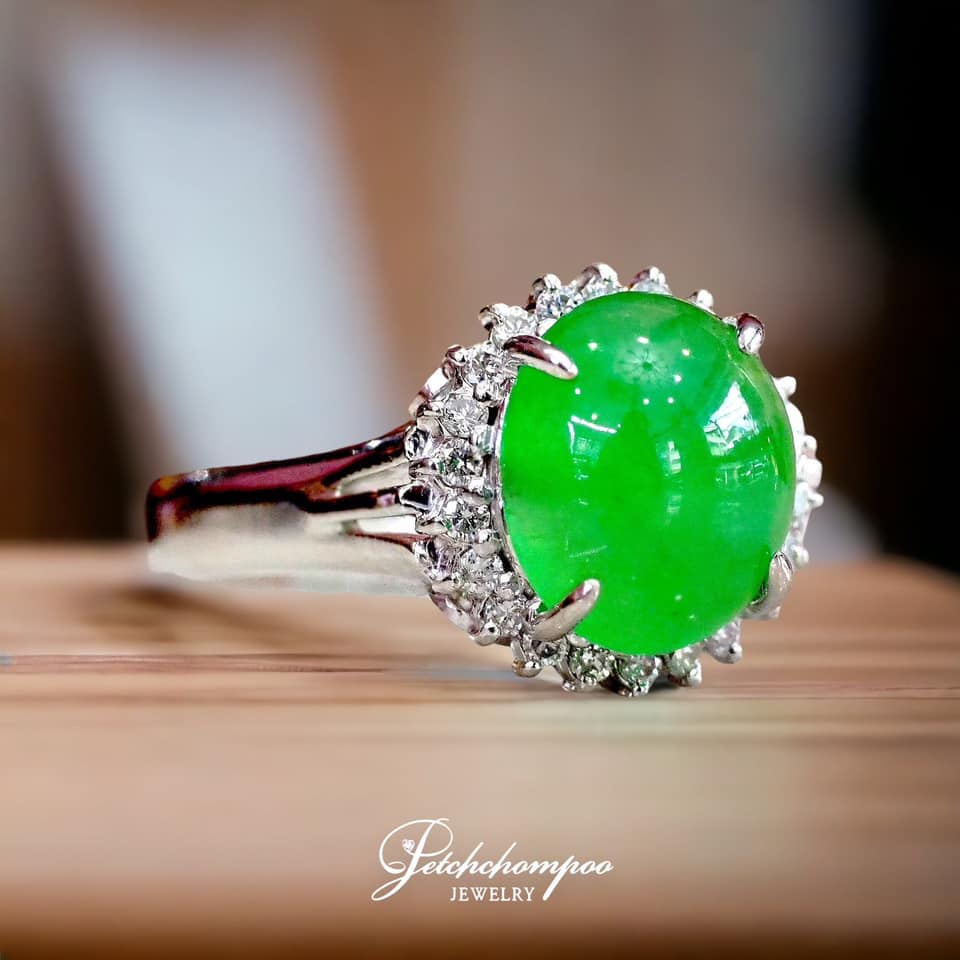
3 Interesting Facts About Jade
For those interested in buying jade for adornment or good fortune, here are three things you should know:
-
Burmese Jade is the Best
Although jade has long been associated with China, the highest quality jade actually comes from Myanmar (Burma), especially the jadeite variety, making it one of the most important sources in the world.
-
Jade Comes in More Colors Than Green
Many people associate jade with deep green to light green shades, but jade can also appear in a variety of colors, including lavender purple, pure white, brown, honey yellow, orange-yellow, gray-black, and reddish-pink tones.
-
Origin of Auspicious Stones
According to ancient Chinese beliefs, jade symbolizes wealth, abundance, and protection. It is believed to be a gift from heaven and is considered the original auspicious stone in China. It is also the source of the expression "money flowing in endlessly."
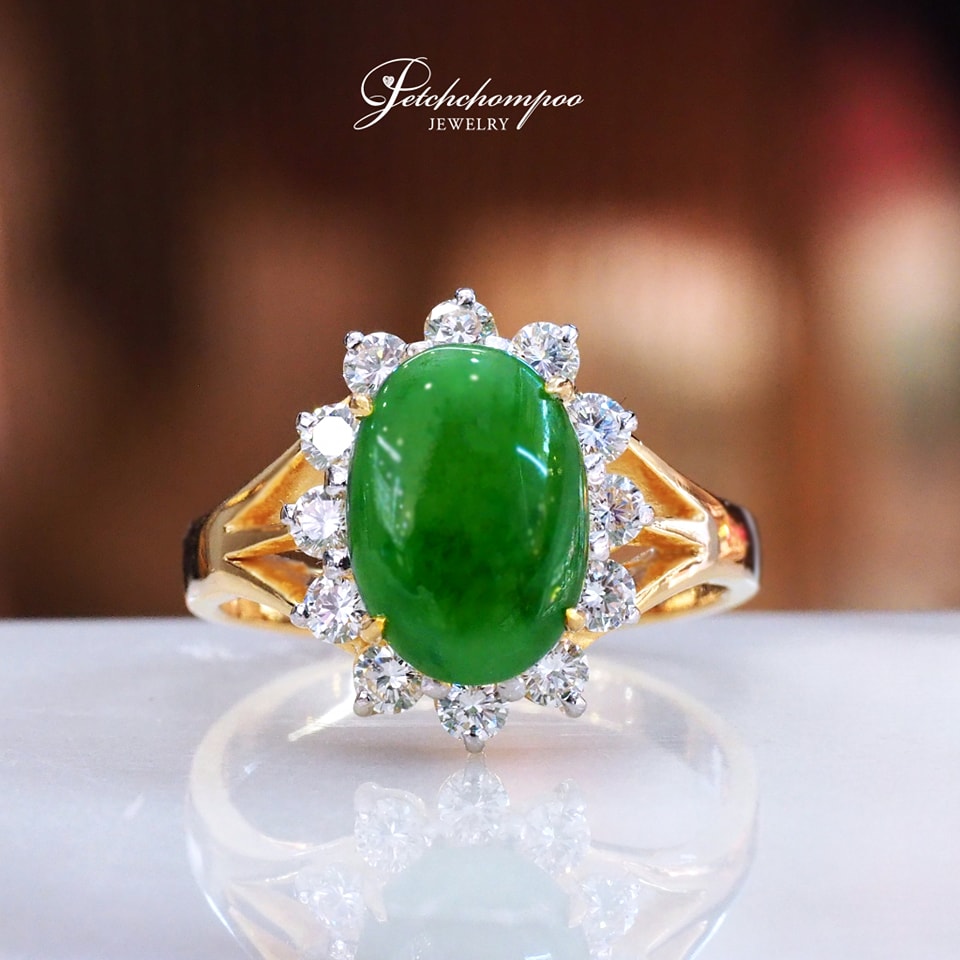
The meaning of jade goes beyond wealth and abundance—it also symbolizes justice and integrity. Today, high-quality jade that meets traditional Chinese standards is rare and can be worth millions of baht. The older and more natural the jade, the more valuable it becomes due to its beauty and long-standing cultural significance.
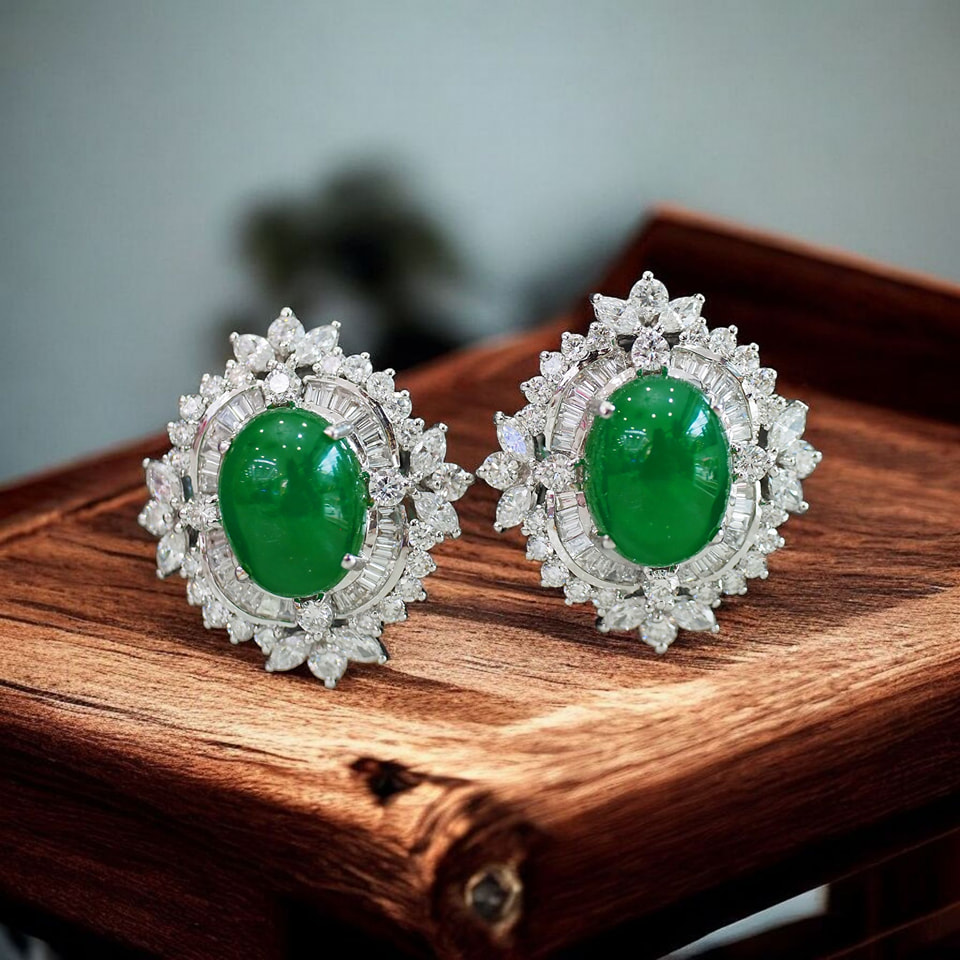
How to Clean Genuine Jade
Cleaning jade jewelry—such as jade rings, pendants, necklaces, earrings, etc.—is important for preserving its beauty and value. Proper care is easy and can be done as follows:
-
Soak in Warm Water with Gentle Soap
Fill a container with warm water and mix in a mild liquid soap or baby soap. Soak the jade for about 10 minutes. If there are stains or dullness, apply the soap directly and gently scrub with a soft-bristled toothbrush. Caution: Avoid soaps or body washes containing high amounts of alcohol or harsh chemicals, as these can damage your jade jewelry.
-
Gently Brush with a Soft Toothbrush
Use only a soft-bristled toothbrush and gently brush the jade with care to avoid scratching the surface. If the jade is particularly dirty, continue brushing for around 5 minutes. This should restore its shine and beauty as if newly bought. Don’t forget to clean the metal setting on jade rings as well.
-
Rinse and Dry
Rinse the jade or jade jewelry with clean, room-temperature water. After rinsing, gently dry it with a soft cloth. That’s all it takes to make your jade look brand new again. As you can see, cleaning genuine jade is quite simple.
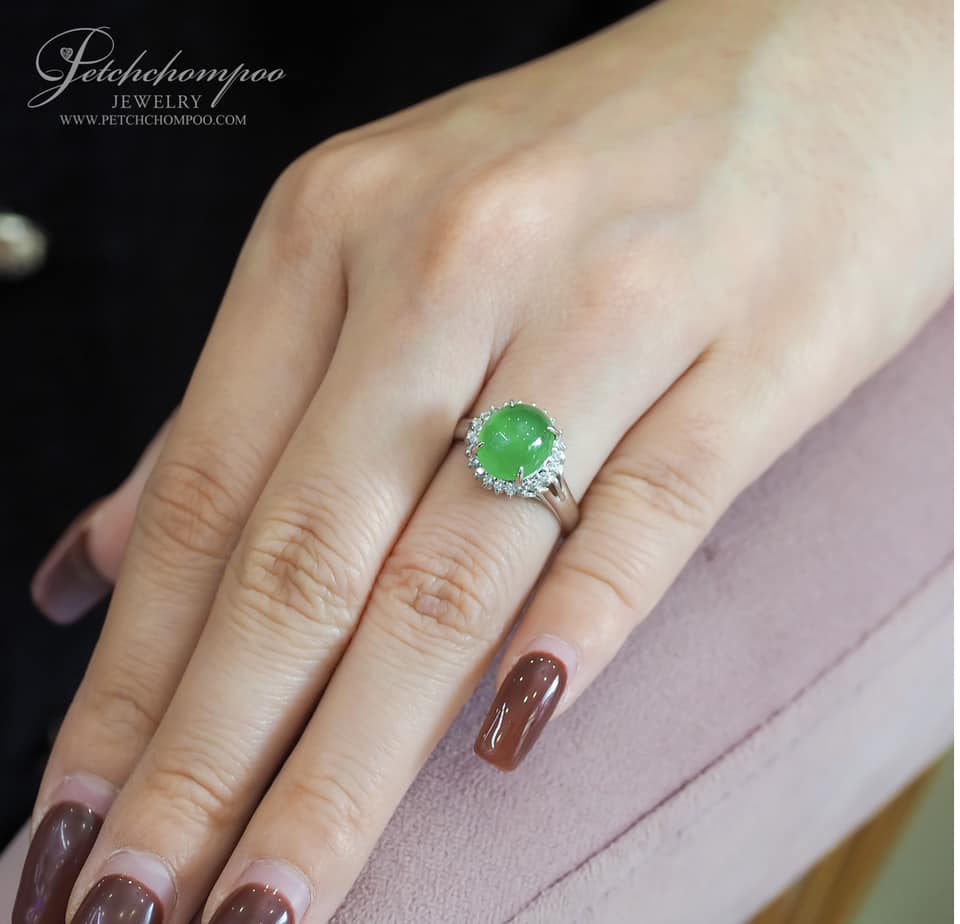
How to Care for Jade Jewelry
In addition to cleaning, general care for jade is important. While jade is very tough, its hardness is moderate. If you are doing activities that might cause impact—like working out, playing sports, doing household chores, gardening, or using tools—it’s best to remove your jade jewelry first to avoid damage. Though it is tough, jade is not immune to cracking or chipping from strong impacts.
Jade – A Revered Gemstone
Jade is highly popular and revered, especially among the Chinese, who believe it is a heavenly gemstone that brings wealth, power, and success. Authentic jade that meets traditional standards is extremely valuable and can be worth millions. If you own genuine jade jewelry, remember to clean and care for it properly to preserve its beauty and value for years to come.